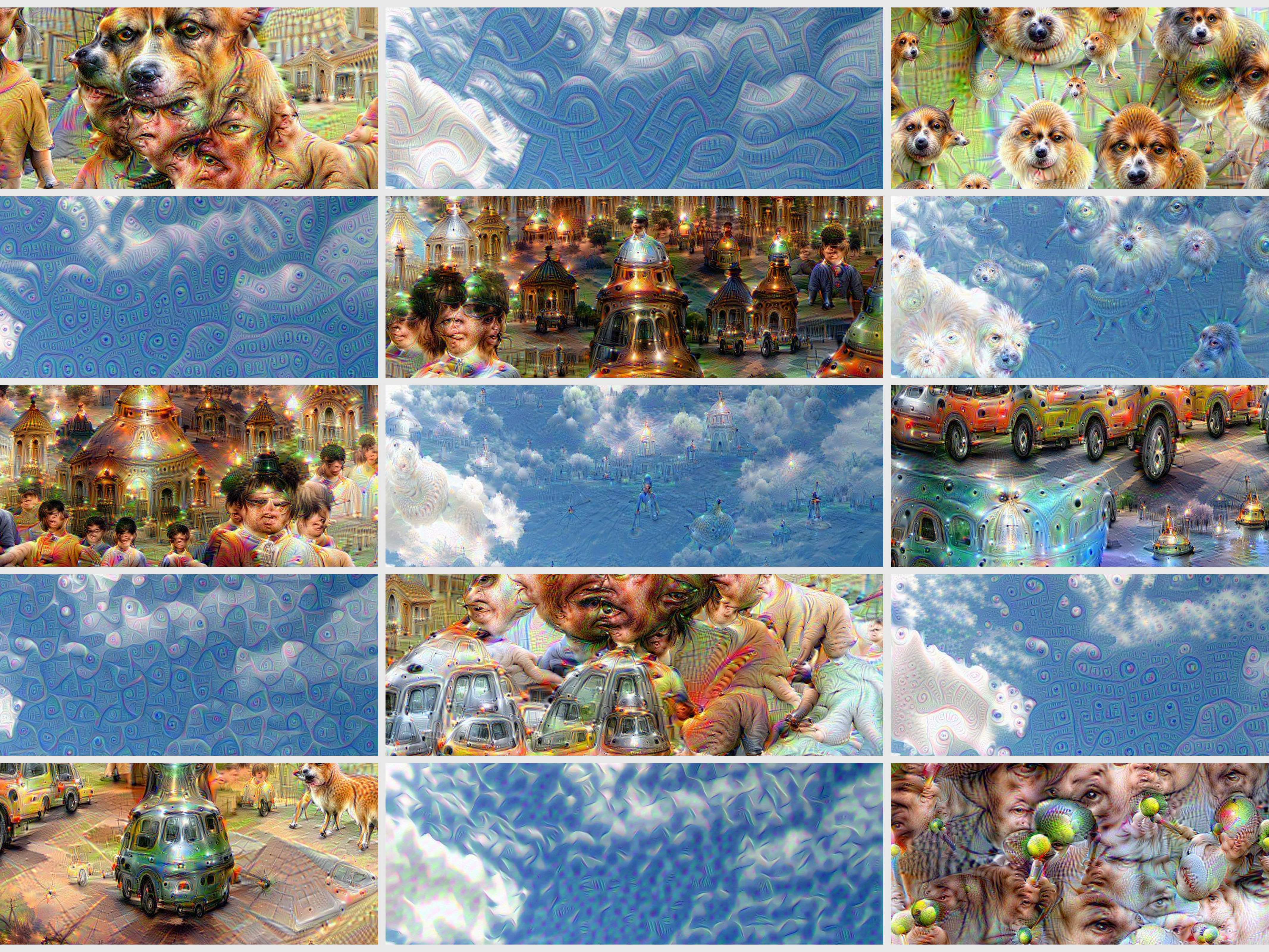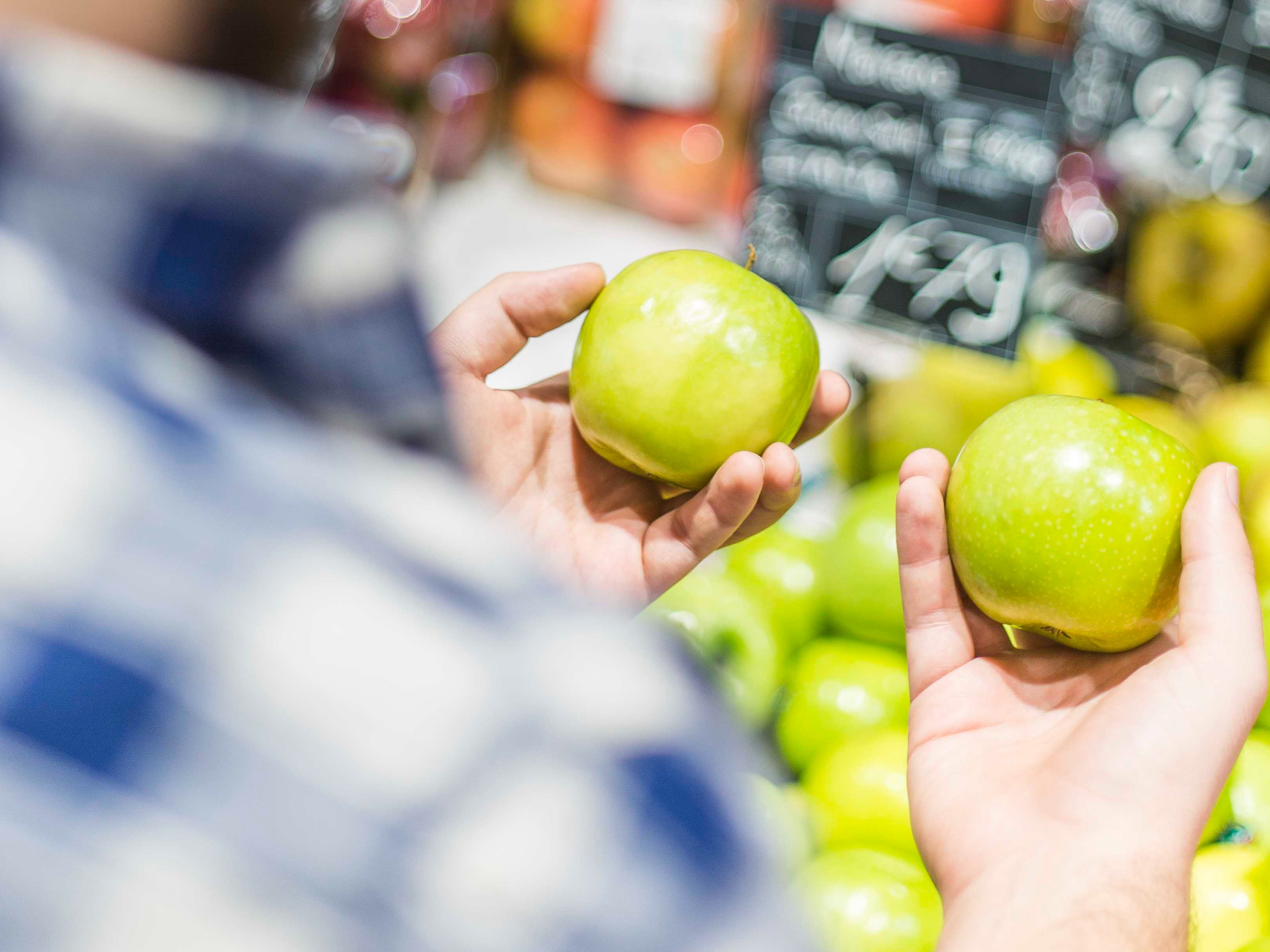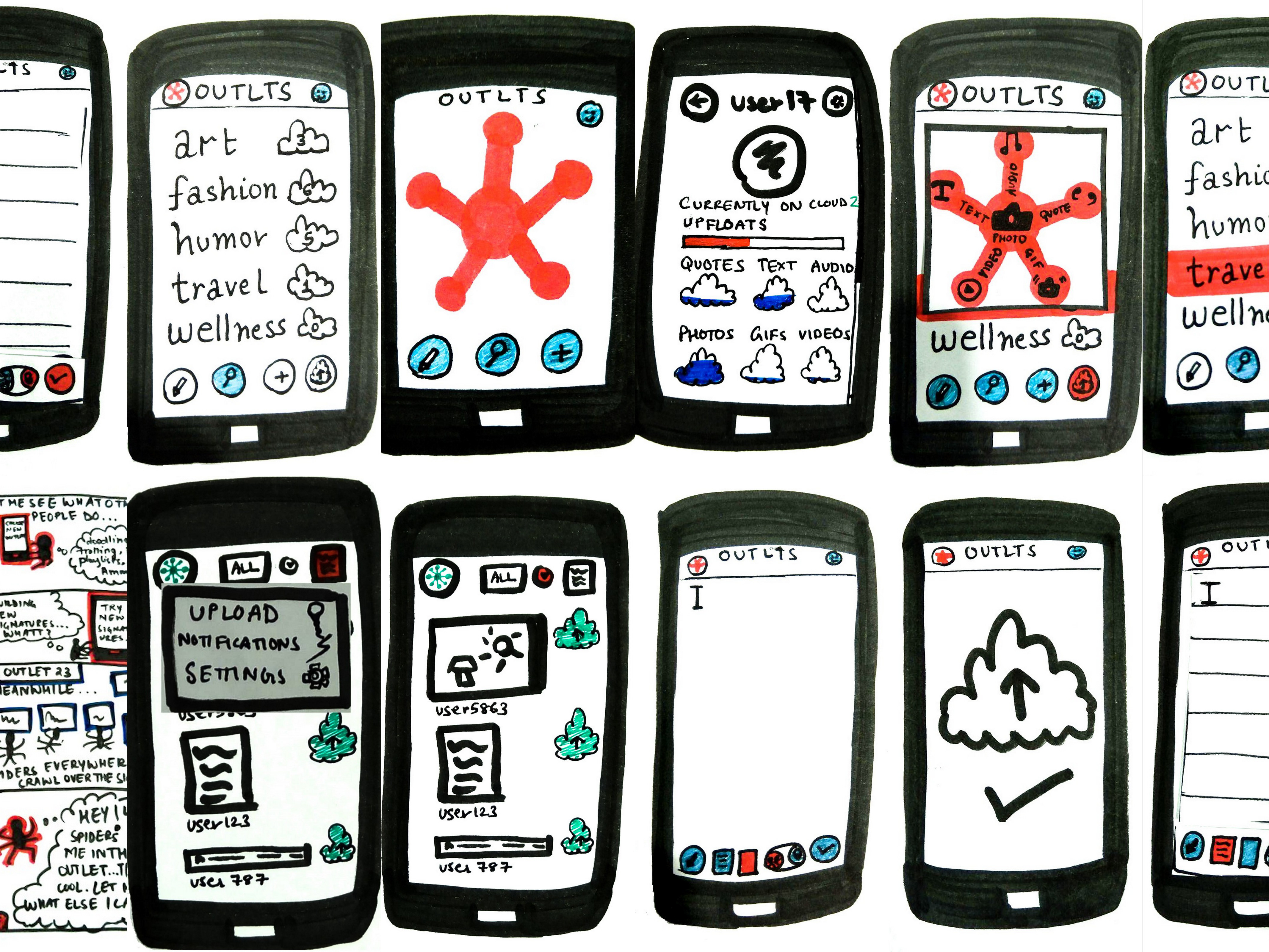The Double Diamond of Design
Secondary Research
We looked at transportation statistics, options and resources distributed to commuters.
The Transportation department has a lot of programs geared towards changing how students travel. These can be grouped into those based on personal incentives (health, exercise, environment, etc.) and on community based incentives (car sharing, biking day, etc.).
Affinity diagram representing the results of the brainstorm.
We also took the time to observe people to understand how they interacted with transportation on a daily basis. This allowed us to observe physical interaction with the transportation options and to find flaws that people may not mention in interviews because they are so used to the inconvenience that they don’t even notice it anymore.
I asked students "What different ways are there of getting around campus?" to learn about their awareness of the different methods available. Each section of this pie chart shows a different method and the size of the section depicts the number of people that were aware of the method.
I asked students whether they had used any of the services offered by the Transportation department to understand which service was the most popular. Some students had heard of certain services (like Triton Mobility Services and Triton Bikes) but had not used them.
This is an Affinity Diagram that summarizes the results of the student interviews and groups methods of transportation they were aware of/used and issues with those methods.
This represents a comparison of views between students and the Marketing Manager of the Transportation Department at UCSD on different modes of transportation and the problems encountered with each.
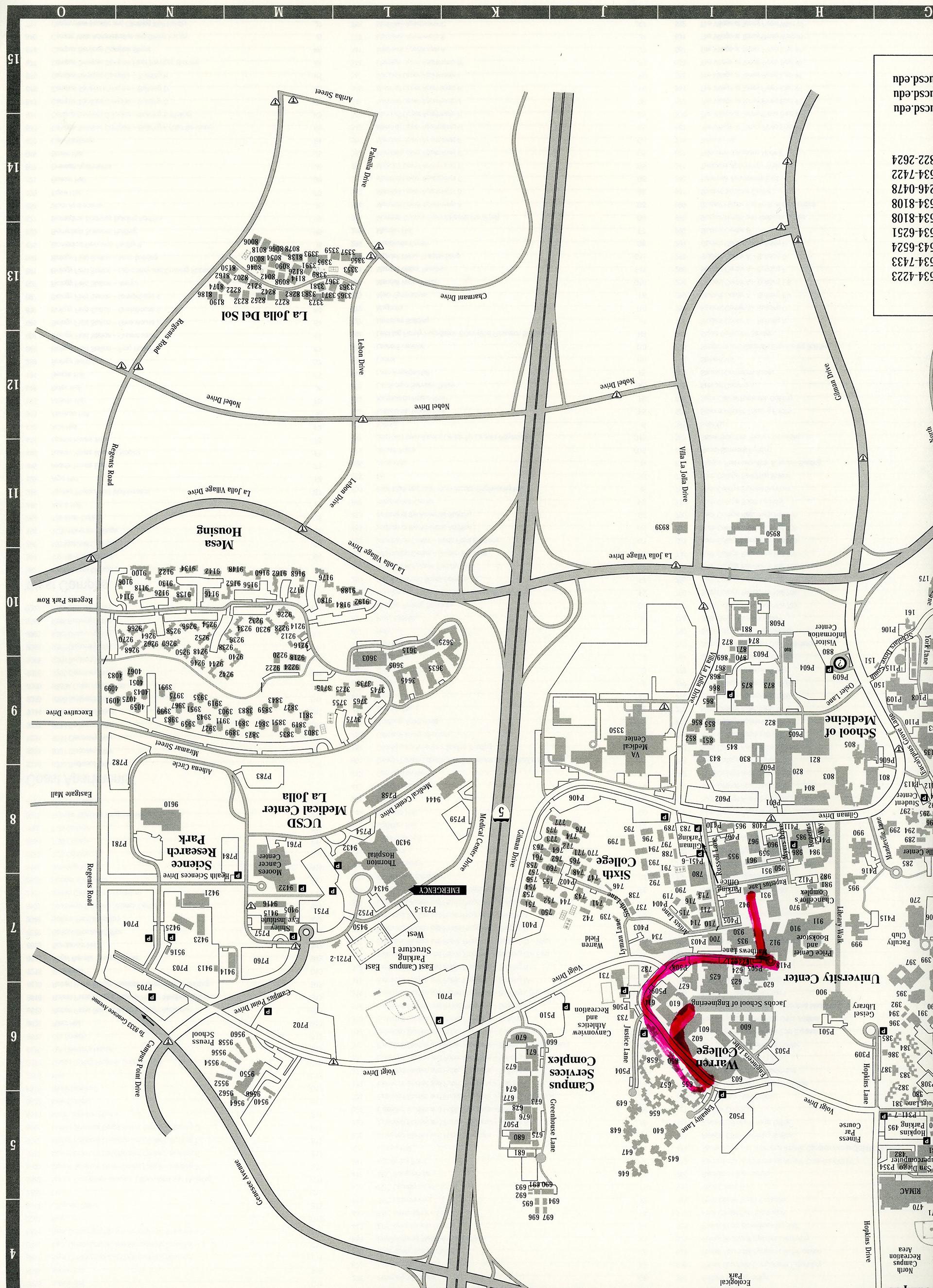
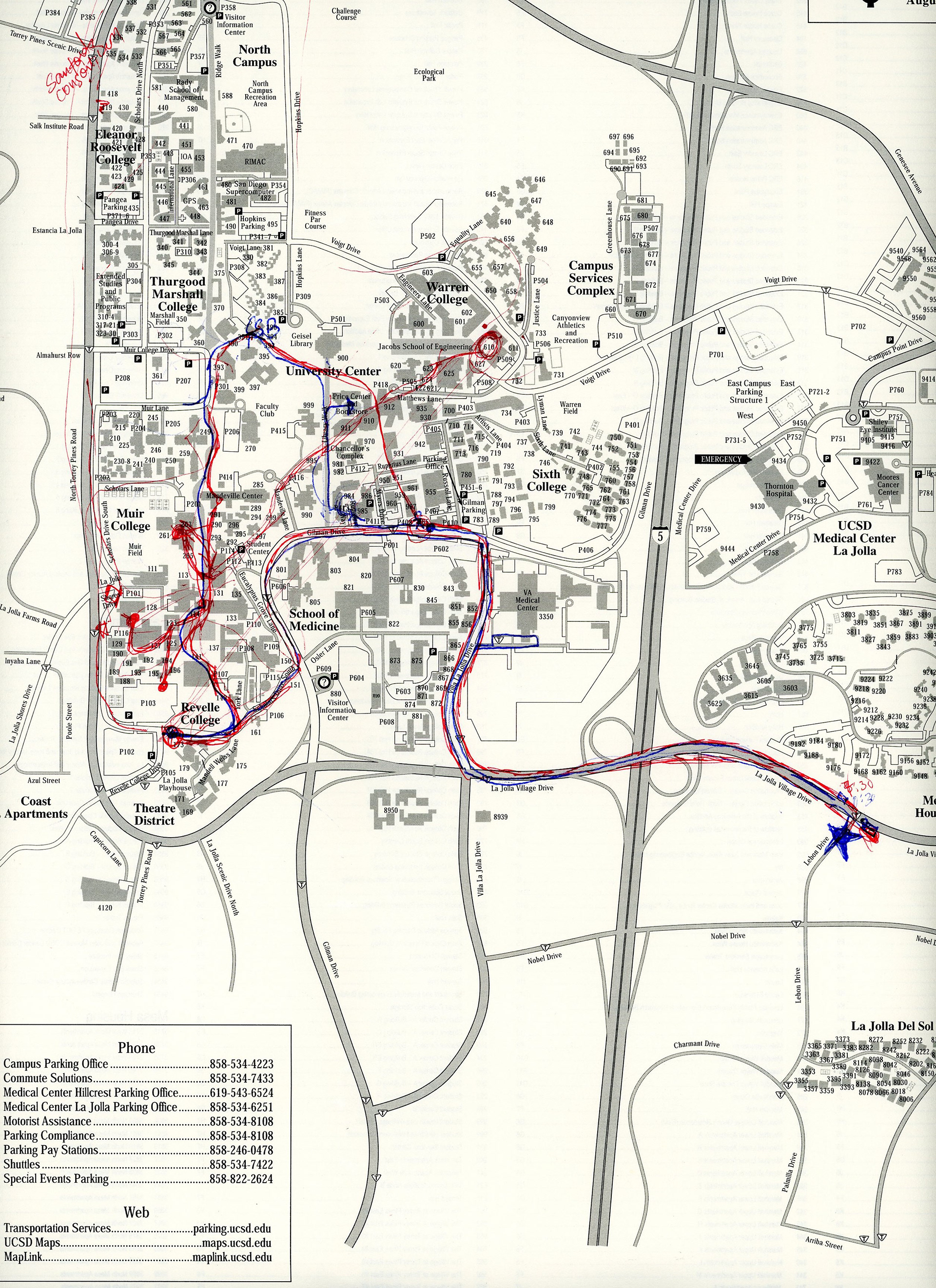

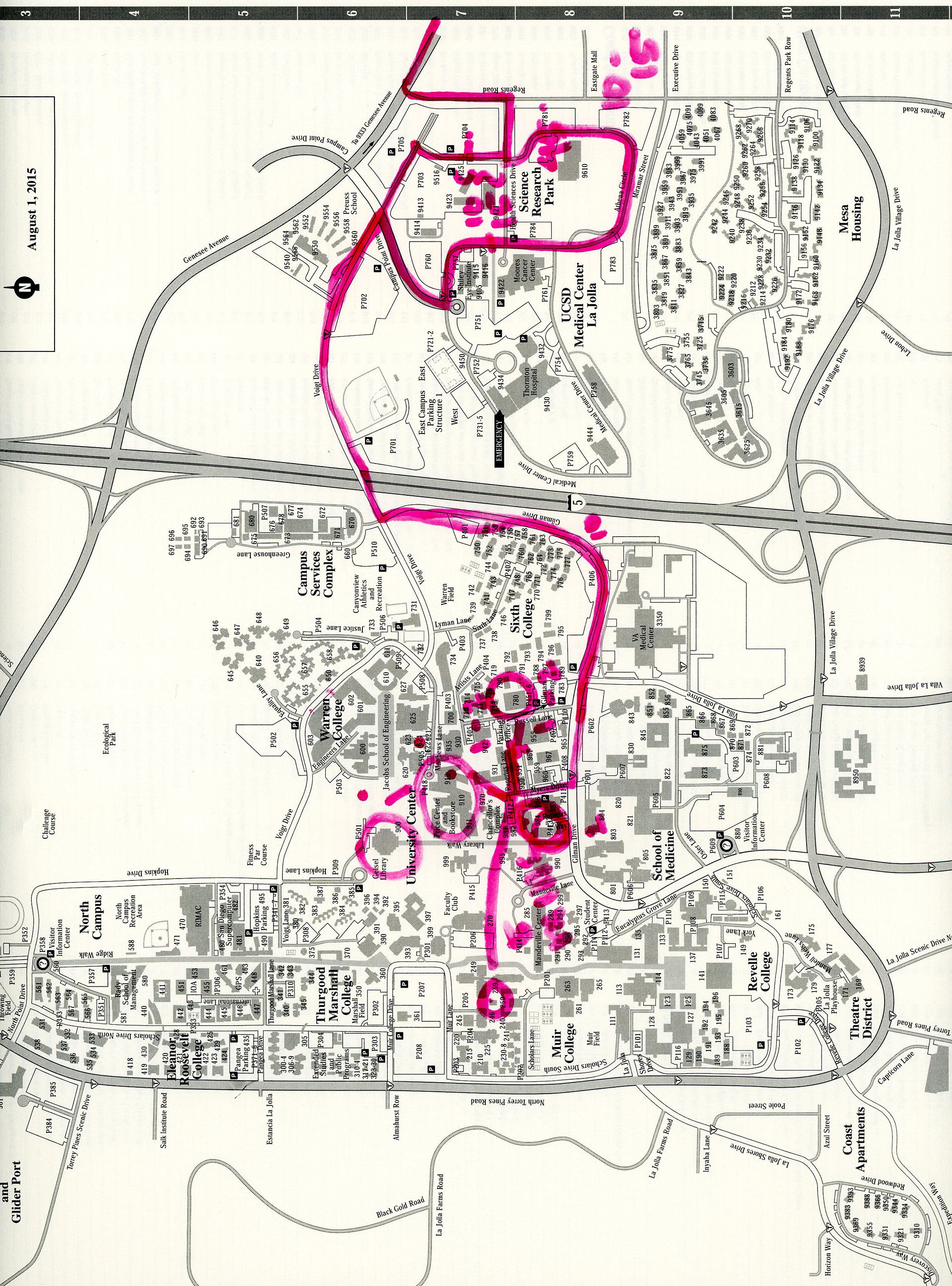






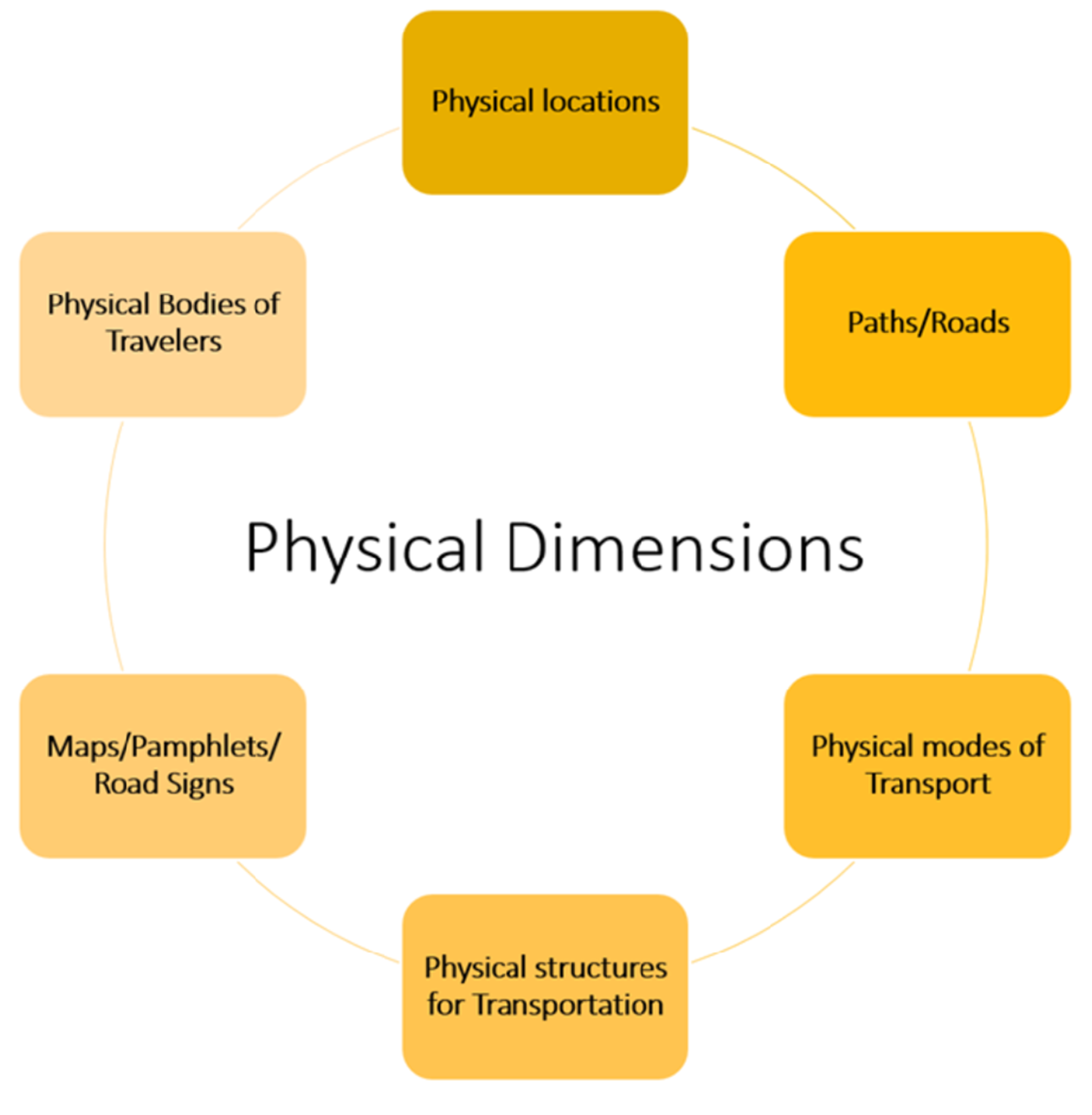
The interaction of and balance between many of these factors underlie the transportation decisions made by students.
Public modes of transportation shape social interactions as students must follow rules of social etiquette such as waiting in lines to use certain transportation.
This creates a need to educate these students about the services available as soon as possible.
In our initial research we found that the freshmen are not aware of all of the accessible transportation options. As a result, many freshman may feel constrained within the UCSD campus and many of them are less inclined to explore areas away from campus.
This Affinity Diagram represents an initial brainstorm of all the possible solutions we could think of pertaining to the transportation problems we found in our Understand phase. Note that we considered solving all the problems we encountered and later decided to solve the one pertaining to Awareness through an orientation.
We wanted our prototypes to have these key features based on the physical, conceptual and social dimensions we uncovered during our understand phase.
We also learned that some participants brought up pairing the mode of transportation with other information such as examples of usefulness and warnings/advice. Participants were curious about where and how the information would be available and came up with a few suggestions.
An orientation group typically consists of about 15 new students and one orientation leader. Each individual orientation group will play the game as a part of their program, so that it is in a more personal setting where each person can be involved and interact with the physical prototype and people won’t be nervous about answering in front of a large group of people. The game is played in mini teams of 3 people (5 teams in all).
When it is a team’s turn, they pick a card from the situational cards pile and search through the board to find the best solution.
We took a look at some of the downfalls of transportation options such as uber/lyft (expensive), ofo (kicked off campus for insurance reasons), bike rack installation limits (as explained by the marketing manager), construction on campus, 4000 parking spaces for approximately 25-30 thousand undergraduates, triton bike limitations, and disadvantages of bus wait times. Although we were not fixing these transportation options directly, it allowed us to see why there is such a need for our design solution so that students to be aware of all of their alternative options.
We also looked at the commuter pocket guide pamphlet and other transportation advertisements, which contains information on most of the transportation options available. However, it is not a fully comprehensive list, and we found that many students ignore these resources and are not willing to take the time out of their day to actually read through them.
Nonetheless, they are ports to valuable resources and our design solution is also meant to aid in educating about available transportation alternatives to the students. So, we thought to have our design solution to be a supplement to the commuter pocket guide, a solution that is easily accessible and easy enough to distribute to students to bring around their daily commute. That is why we imitated the simplified map of the UC San Diego campus from the commuter pocket guide and integrated it onto the map we put on our board. By doing so, it would allow students to easily recognize places to commute on campus with the commuter pocket guide we would hand out after they played the game.
The interactive nature of the game ensures that players actually take in some of the information, as opposed to emails or pamphlets that get deleted or thrown away.
